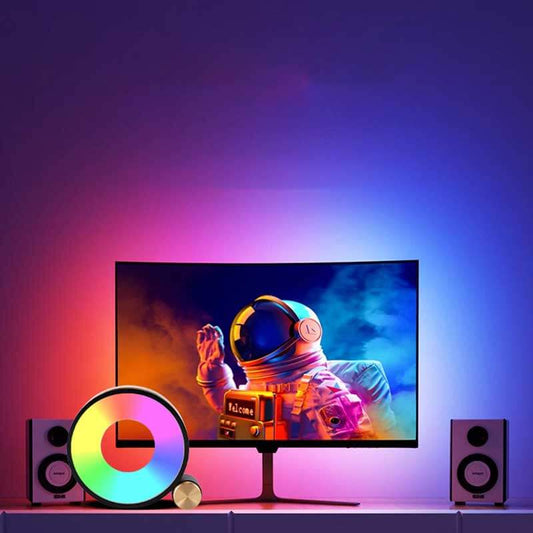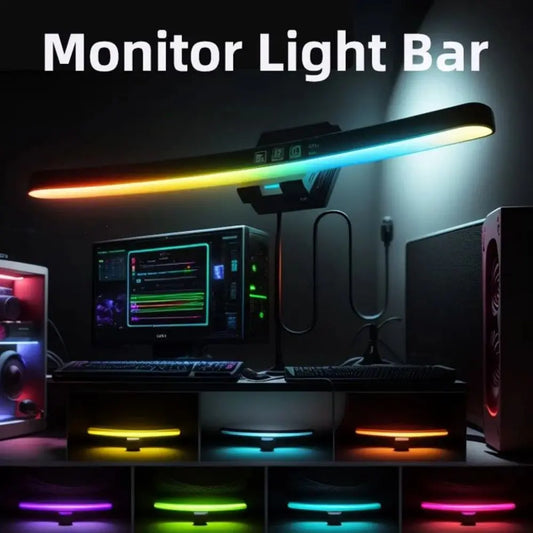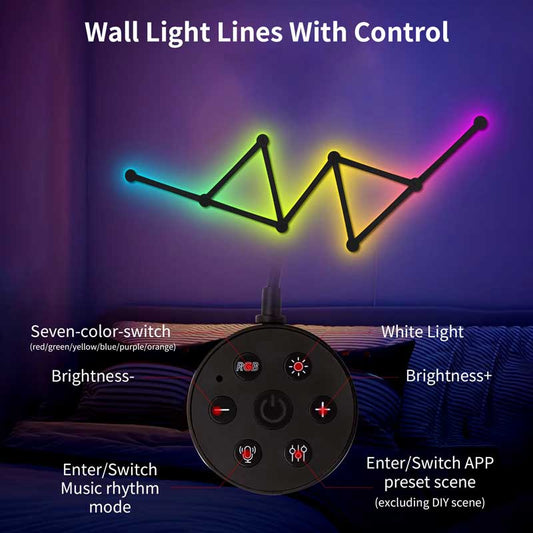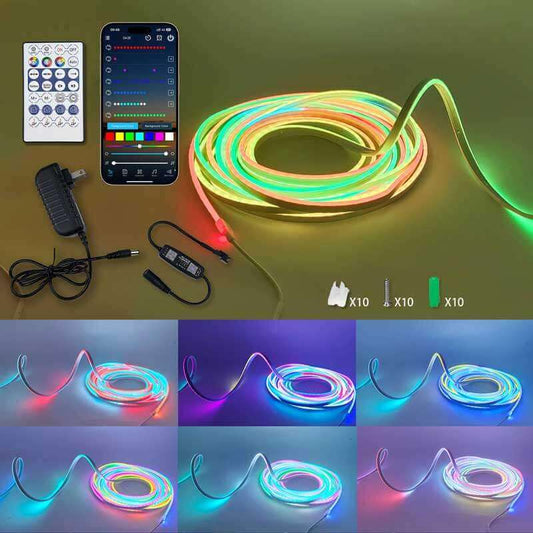What Colour lights do birds like?
Share
Birds can perceive colors differently from humans, and they tend to be attracted to certain colors depending on the environment, their natural instincts, and their behaviors. While we don’t have definitive studies on which specific colors birds “like” the most, research and observations have provided some general insights into how birds interact with different light colors.
Birds' Perception of Color
-
Birds have excellent color vision: Many bird species can see a broader range of colors than humans, including ultraviolet (UV) light. This means they can see colors in the UV spectrum, which humans cannot perceive. This expanded range of vision helps them find food, mates, and navigate their environment.
-
Birds are more sensitive to certain wavelengths: They tend to be more sensitive to blues, greens, and UV light. Colors like red and orange may appear less vivid or appealing to birds in comparison.
Colors Birds Are Attracted To:
-
UV Light (Ultraviolet)
- Why birds like it: Many birds are attracted to UV light because they can see it much better than humans. UV light is often part of their natural environment, especially when it comes to mating displays or finding food sources. Some flowers and fruits that birds are attracted to reflect UV light, making it easier for birds to spot them.
- Best for: Attracting birds to gardens or bird feeders. UV light may not be visible to humans but is often appealing to birds.
-
Green Light
- Why birds like it: Green is a color birds can perceive clearly, and it often signals healthy vegetation and natural environments. Birds are generally attracted to greenery, which is why green light might also draw them to certain areas.
- Best for: Creating a calm, natural atmosphere in bird habitats or gardens. Green lighting can be soothing and mimics natural surroundings.
-
Blue Light
- Why birds like it: Birds have strong sensitivity to blue light, which is often found in the sky and their natural surroundings. Blue light is associated with daylight and clarity, which might make birds feel more comfortable or safe.
- Best for: Mimicking daylight and providing birds with a sense of security. However, prolonged exposure to blue light at night could disrupt their sleep patterns.
-
Yellow and White Light
- Why birds like it: Birds are often attracted to light that resembles daylight, and yellow or white light is closer to the natural light they experience during the day. These colors provide a familiar, comfortable environment, especially for birds that are diurnal (active during the day).
- Best for: Providing general illumination in bird habitats or outdoor spaces. Birds may feel more active and alert in these conditions, especially if used during the daytime.
Colors to Avoid (for Nighttime and Sleep)
While certain colors may be appealing during the day, bright or artificial lighting at night can disrupt birds’ natural rhythms. Birds typically require darkness for sleep, and artificial lighting can interfere with their circadian rhythms, causing stress and disorientation.
-
Red Light: Although birds can see red light, it’s generally less attractive to them compared to colors like blue, green, or UV. However, red lights might still attract some species, particularly during mating or territorial displays.
-
Bright White or Blue Light at Night: As mentioned earlier, while birds might be attracted to blue and white light during the day, exposure to bright white or blue light at night can be problematic. It can disturb their sleep cycle and lead to stress or confusion.
How to Use Lighting for Birds
If you want to attract birds or create a bird-friendly environment with lighting, consider these tips:
-
UV Light: Install UV-emitting lights in your garden, birdhouse, or feeding area to attract birds. UV lights can make flowers and fruits more visible to birds, especially hummingbirds and other species that rely on sight for food.
-
Soft Green or Blue Lights: Use softer, more natural light colors like green, blue, or white in your outdoor spaces to create an inviting environment for birds. These colors are less intrusive than harsh white lights and are closer to the natural environment.
-
Avoid Bright Lights at Night: Turn off outdoor lights or use motion-activated lights that only illuminate when necessary. This will ensure birds can rest undisturbed by artificial lights during the night.
-
Dim Lighting: If you need to use lights during the evening, opt for low-intensity lighting or nightlights. This will prevent confusion and maintain a bird-friendly environment.
Conclusion:
- Birds are attracted to colors like UV, blue, and green, which are commonly found in natural environments like plants, flowers, and the sky.
- Avoid bright, harsh lights (like intense white or blue light at night), as they can disrupt a bird’s natural behaviors and sleep cycle.
- Use soft, natural-colored lighting to create a comfortable and appealing environment for birds, while ensuring their health and well-being.
By considering the colors that birds are attracted to and providing appropriate lighting, you can create a bird-friendly space that encourages natural behaviors and supports their overall health.




